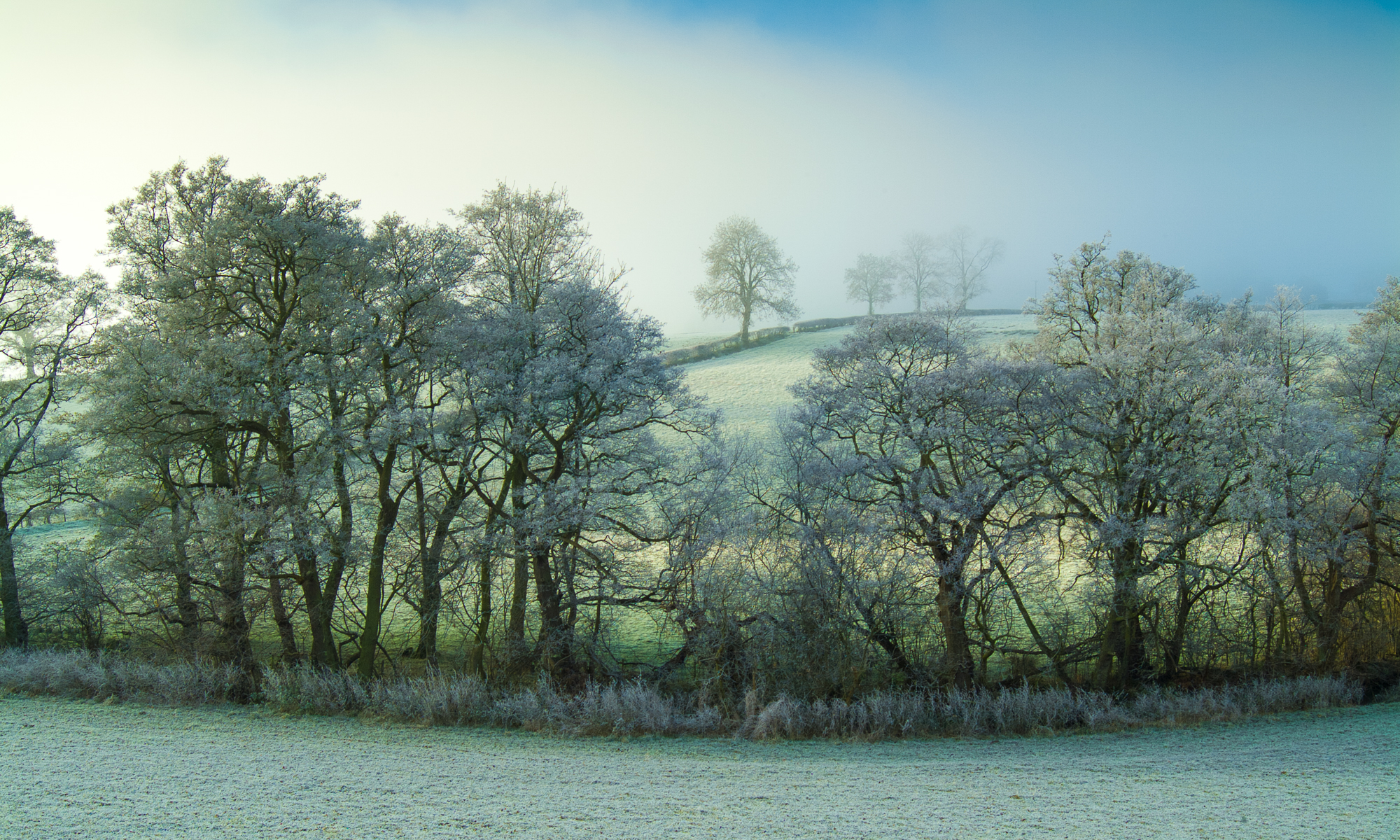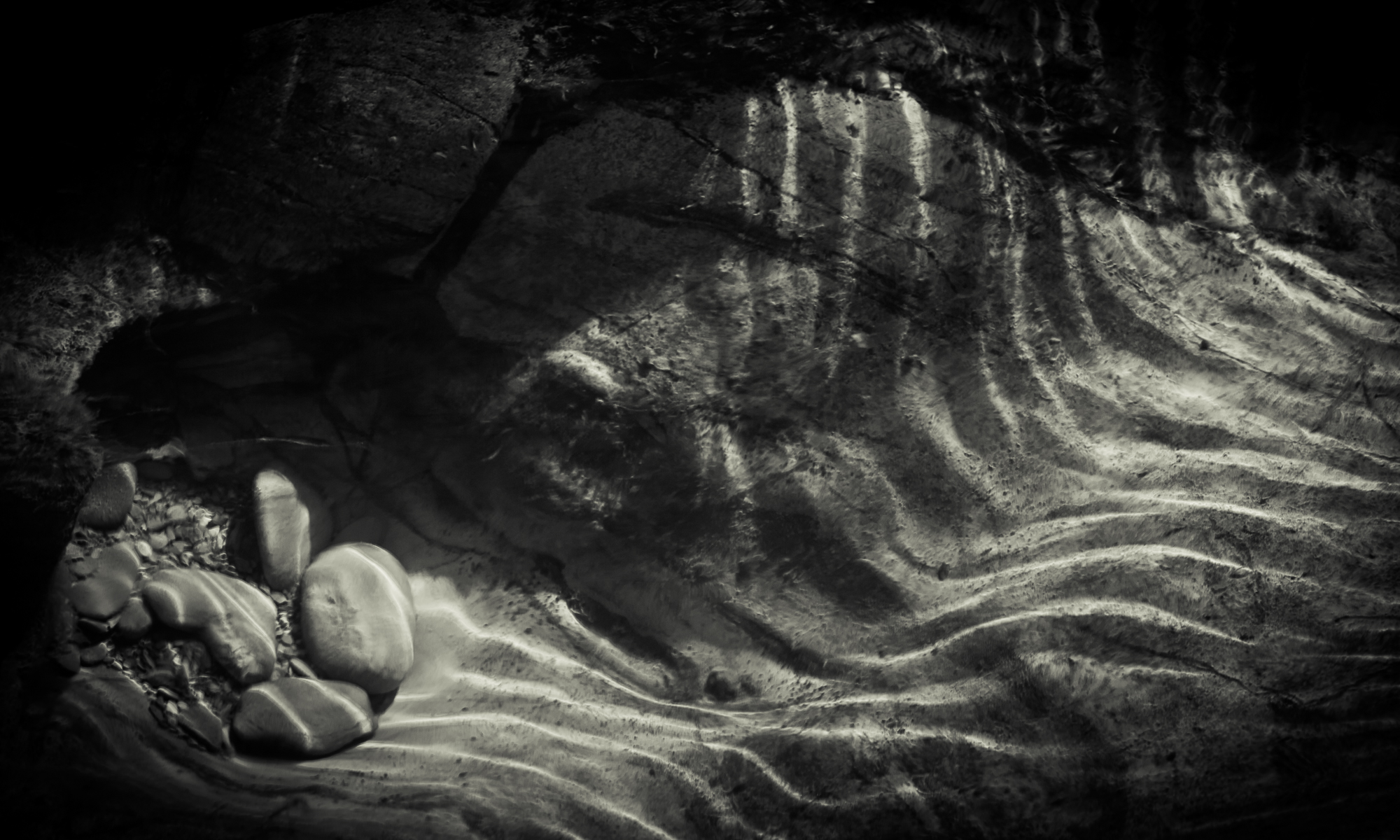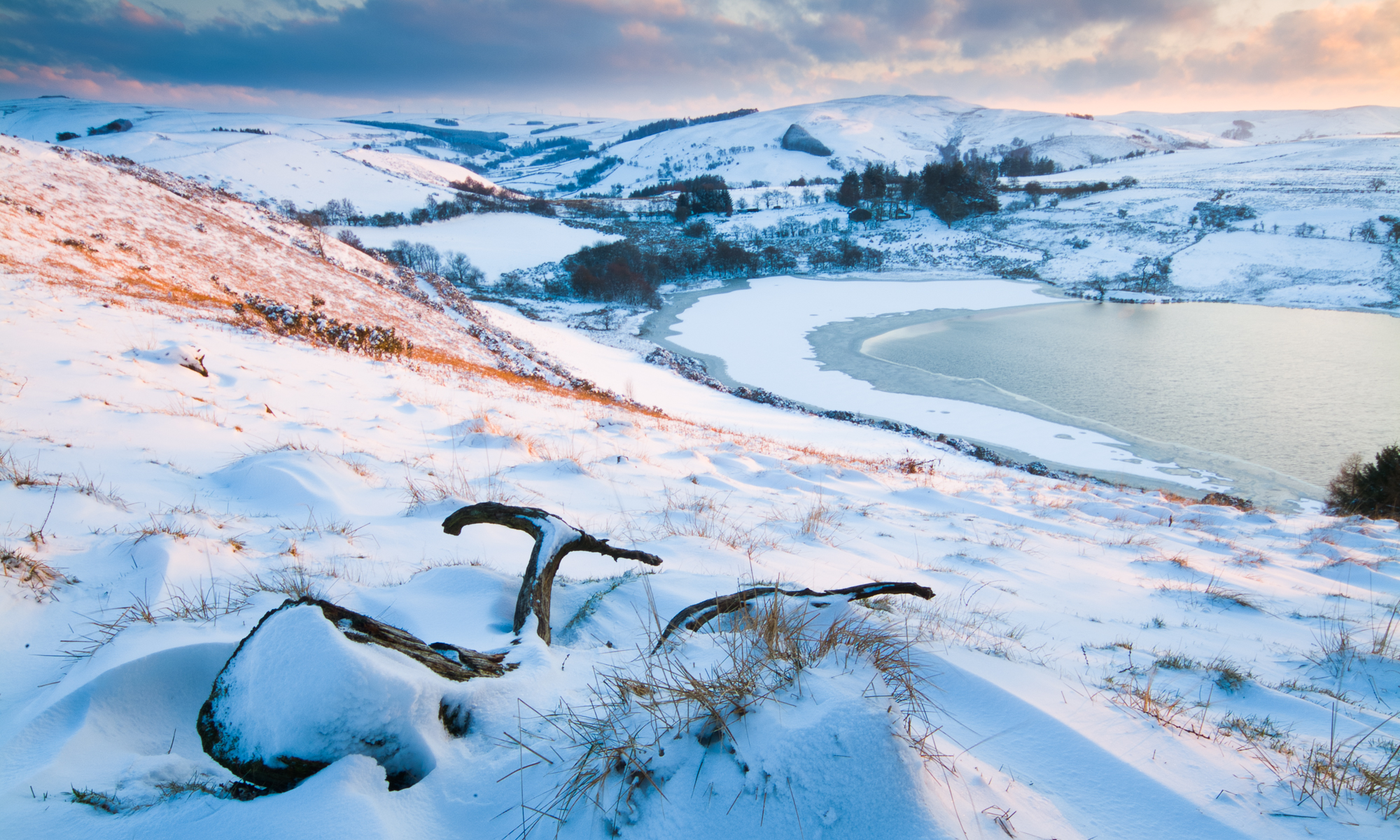I sometimes get asked by friends and colleagues for advice on what camera to buy, because I’m “into cameras”. Of course it’s important to have a good camera but I can’t say I have a huge interest in them for their own sake. I certainly can’t get excited about fancy features because I never use them.
The camera is a tool. Photography, by extension, is simply the medium. Surely the purpose of any photograph is the message. It seems to me that by obsessing too much over the equipment and process of photography we risk missing the point and reducing it to a purely technical exercise.
In many ways I find it surprising that a mechanical process allows much scope for artistic expression at all, but it is the physical link with reality that makes photography—with all its limitations—so powerful. For me, good landscape photography lies on the balance between straightforward representation and creative expression, and my aim when photographing the landscape is to capture a sense of “place”.
I don’t claim that there is anything hugely deep and meaningful about my photographs. I usually just try to show something that I consider interesting or beautiful, but I sometimes wonder what it is that attracts me to these subjects and places.
Seemingly without evolutionary purpose, aesthetic appreciation of the natural world is almost universal in our culture. Does our love of the natural landscape simply come from romantic notions of a former age, an age without some of the concerns of the modern world? Or, at the risk of sounding a bit “new age”, is it a sense of our disconnection from nature that causes us to respond in this way?
I don’t know the answer but it isn’t an obsession with camera equipment that gets me out into the wild at unsociable hours to be bitten, soaked, frozen and sunburned. Photography just gives me the reason to be out there in the first place, to experience nature and to reconnect with it in some sense.
If there is a common message to my work, I would say it is simply that we need to learn to value our countryside in an age where the wild places are under greater threat than ever. I hope that photographs of the natural landscape can further inspire us to protect what we have, rather than simply becoming a record of what we have lost.



